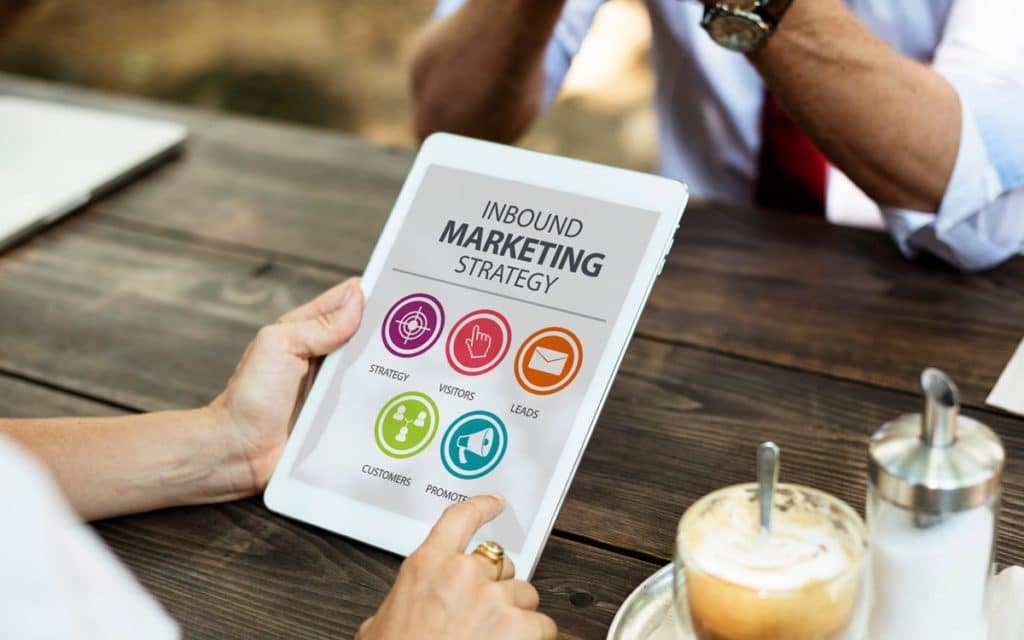In today’s digital world, creating a successful inbound marketing strategy can be challenging. With so many platforms and tactics to choose from, it’s easy to get overwhelmed. Don’t worry – we’ve got you covered with our top inbound marketing tips for mastering the art of this marketing channel.
1. Analyze Your Target Audience
The first step in any successful inbound marketing strategy is understanding your target audience. Knowing who you’re trying to reach will help you tailor your content and approach to appeal to them effectively.
Create Buyer Personas
A buyer persona is a fictional representation of your ideal customer. When creating personas, consider demographics, interests, challenges, and goals. Use these personas to guide your content creation and ensure that you’re addressing the needs and pain points of your target audience.
Tip: Research your competitors’ customers to identify trends and patterns in their preferences and behaviors.

2. Develop High-Quality Content
Content is the foundation of inbound marketing, as it attracts and engages your target audience. Focus on providing valuable, relevant, and interesting content to keep your prospects engaged and drive conversions.
Blog Posts
Regularly publishing informative and engaging blog posts helps establish your brand as an authority in your industry. Blog posts also improve your website’s search engine ranking, making it easier for potential customers to find you online.
E-books and Whitepapers
Offering e-books or whitepapers covering in-depth topics showcases your expertise while providing value to your audience. These resources can also serve as lead magnets by requiring users to provide their contact information before downloading, allowing you to grow your email list.
Videos and Webinars
Visual content, such as videos and webinars, can be more engaging than written content. Consider incorporating video tutorials, product demos, or webinars into your inbound marketing strategy to diversify your content offerings.
Social Media Posts
Sharing your content on social media channels allows you to reach a broader audience and encourages engagement through likes, comments, and shares. Be sure to tailor your posts for each platform’s unique characteristics and audience preferences.
3. Optimize Content for SEO
Search engine optimization (SEO) is crucial in ensuring your content is easily discoverable by potential customers. By optimizing your content for relevant keywords, you increase the likelihood of ranking higher in search engine results and driving organic traffic to your website.
Perform Keyword Research
Identify the keywords and phrases that your target audience is using when searching for products or services similar to yours. Use these keywords in your content, meta tags, and URLs to improve your chances of ranking high in search engine results.
Tip: Use tools like Google Keyword Planner or Moz’s Keyword Explorer to find popular keywords related to your industry.
Incorporate On-Page SEO Best Practices
To optimize your content for search engines, follow on-page SEO best practices including:
- Using keyword-rich headlines and subheadings
- Including internal and external links
- Adding alt text to images
- Maintaining an appropriate keyword density

4. Leverage Marketing Automation Tools
Marketing automation tools streamline your inbound marketing efforts, saving you time while improving efficiency and results. These tools can help manage your email campaigns, social media scheduling, lead nurturing, and more.
Email Marketing
An effective email marketing campaign is essential to nurture leads and convert them into customers. Create personalized email sequences that guide prospects through the buyer’s journey, offering helpful content and targeted offers based on their interactions with your brand.
Social Media Management
Managing multiple social media accounts can be time-consuming. Automate your social media posting schedule using tools like Hootsuite or Buffer to ensure consistent content sharing across platforms while freeing up time for other tasks.
5. Measure Results and Adjust Your Strategy
Regularly monitoring your inbound marketing efforts’ performance is crucial for refining your strategy and achieving better results. Use analytics tools, such as Google Analytics or similar, to track website traffic, conversion rates, and engagement metrics to determine the success of your campaigns.
Identify Key Performance Indicators (KPIs)
Determine which KPIs are most relevant to your business goals and focus on tracking those metrics. Common KPIs include:
- Website traffic
- Lead generation
- Conversion rates
- Bounce rate
- Average time on site
- Social media engagement
Inbound Marketing Tips: Final Words
In conclusion, inbound marketing is an essential strategy for any business that wishes to achieve long-term success in the modern digital landscape. It’s all about creating valuable experiences that have a positive impact on people and your business. When done right, inbound marketing can significantly increase your reach, boost brand awareness, and create a loyal customer base.
Here are the key takeaways to remember:
- Understand your audience: Identify and map out your customer personas. This understanding will guide your content creation and ensure your messaging resonates with your target audience.
- Develop high-quality content: Ensure your content is informative, engaging, and valuable. High-quality content attracts visitors to your site, encourages social shares, and leads to higher SEO rankings.
- Use SEO strategies: Optimize your content with relevant keywords to make it easier for potential customers to find your business online.
- Leverage social media: Share your content on social media platforms to increase your visibility and encourage engagement.
- Nurture leads: Develop a structured lead nurturing process. Use email marketing, personalized content, and automation to guide prospects through your sales funnel.
- Analyze and adapt: Regularly monitor your strategies and adapt based on performance metrics. This allows you to understand what’s working and what needs improvement.
Inbound marketing is not a one-size-fits-all strategy. It requires continuous effort, testing, and refinement. However, the results you’ll reap—increased visibility, stronger customer relationships, and sustained growth—will be worth the investment. It’s a journey, not a destination. So be patient, be consistent, and remember: the value you provide to your customers is the key to your success.
